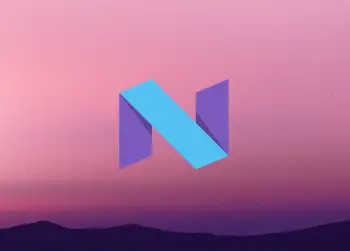
Android N Developer Preview 2 is rolling out today, brings all new emoji, features, and more
It’s been a little over a month since Google introduced the Android N Developer Preview. This is early — very beta — software allowed both developers (and enthusiasts) to get up and running with Android N before it’s official release, squashing bugs and just generally getting a head start on development.
Today, Google Preview 2 is being released, introducing a few new API changes for developers, as well as new features and bug fixes. Here’s what’s new as detailed on the official Android Developers Blog:
- Vulkan: Vulkan is a new 3D rendering API which we’ve helped to develop as a member of Khronos, geared at providing explicit, low-overhead GPU (Graphics Processor Unit) control to developers and offers a significant boost in performance for draw-call heavy applications. Vulkan’s reduction of CPU overhead allows some synthetic benchmarks to see as much as 10 times the draw-call throughput on a single core as compared to OpenGL ES. Combined with a threading-friendly API design which allows multiple cores to be used in parallel with high efficiency, this offers a significant boost in performance for draw-call heavy applications. With Android N, we’ve made Vulkan a part of the platform; you can try it out on supported devices running Developer Preview 2.
- Launcher shortcuts: Now, apps can define shortcuts which users can expose in the launcher to help them perform actions quicker. These shortcuts contain an Intent into specific points within your app (like sending a message to your best friend, navigating home in a mapping app, or playing the next episode of a TV show in a media app).An application can publish shortcuts with ShortcutManager.setDynamicShortcuts(List) andShortcutManager.addDynamicShortcut(ShortcutInfo), and launchers can be expected to show 3-5 shortcuts for a given app.
- Emoji Unicode 9 support: We are introducing a new emoji design for people emoji that moves away from our generic look in favor of a more human-looking design. If you’re a keyboard or messaging app developer, you should start incorporating these emoji into your apps. The update also introduces support for skin tone variations and Unicode 9 glyphs, like the bacon, selfie and face palm. You can dynamically check for the new emoji characters using Paint.hasGlyph().
- API changes: This update includes API changes as we continue to refine features such as multi-window support (you can now specify a separate minimum height and minimum width for an activity), notifications, and others. For details, take a look at the diff reports available in the downloadable API reference package.
- Bug fixes: We’ve resolved a number of issues throughout the system, including these fixes for issues that you’ve reported through the public issue tracker. Please continue to let us know what you find and follow along with the known issues.
You can either manually flash the update via the system images here, or you can enroll your Nexus device in the Android Beta Program where you’ll receive an update to Android N — and all subsequent updates — over-the-air. Expect the OTA update any minute now.